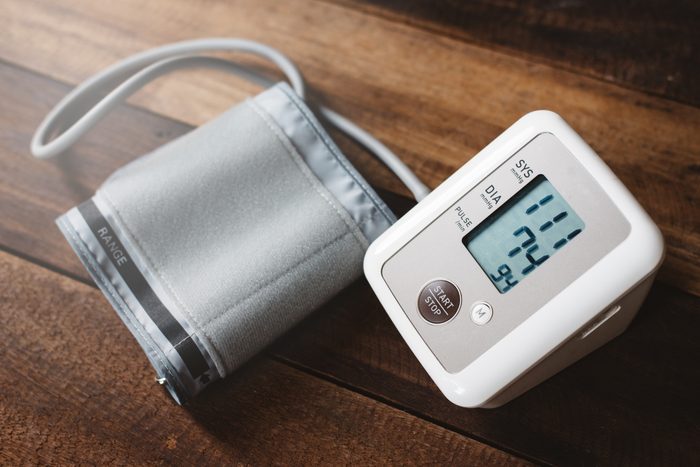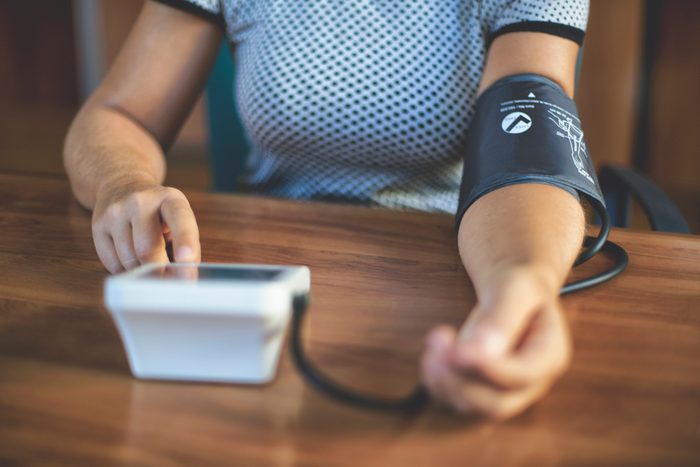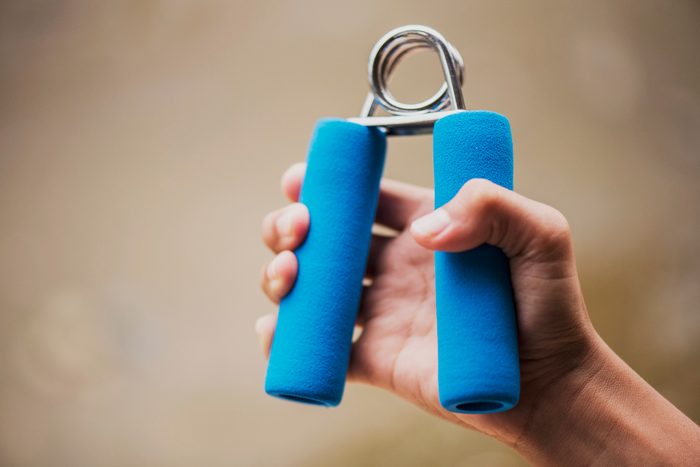
Lowering your systolic blood pressure
Researchers have always looked at the value of lowering high blood pressure. In recent years, they’ve focused on the lifesaving benefits of lowering systolic pressure. The top number in your blood pressure reading, systolic pressure measures how much force your blood exerts against your artery walls while your heart beats, according to the American Heart Association. The bottom number, diastolic pressure, is the blood pressure between heartbeats. Diastolic pressure tends to fall naturally after age 55.
A 2015 study published in the New England Journal of Medicine showed that volunteers who lowered their systolic pressure to 120 mm Hg had a 25 percent lower risk of heart attack and a 43 percent lower risk of death from cardiovascular causes compared with those whose systolic pressure was 140. (Anything below 120/80 mm Hg is considered a normal blood pressure reading.)
Losing weight, eating less sodium, exercising more, and quitting smoking are among the best non-medicinal ways to reduce your systolic pressure substantially and for the long term. Your doctor also might prescribe medication. But if you need extra help reaching your goal, these lesser-known tricks can shave off a few points on your systolic pressure. In some cases, the effects will be temporary but will eliminate artificial inflation, making your readings more medically trustworthy.

Sit properly
There are two separate issues to consider: One is the right way to measure blood pressure in order to avoid falsely elevated readings (which is surprisingly common), and another is the changes you can make in your daily habits (like diet and exercise) that can reduce your systolic pressure. For example, the next time a nurse tells you to hop up on the exam table so they can take your blood pressure, don’t. “When you’re sitting with your feet dangling, you’re almost between sitting and standing. This can affect your reading because your blood pressure is different when you’re standing versus lying down,” says Nieca Goldberg, MD, medical director of the Joan H. Tisch Center for Women’s Health at New York University Langone Medical Center and a clinical associate professor of medicine at the NYU School of Medicine in New York City. Instead, sit in a chair with your back flat against the chair back and your feet flat on the floor.

Support your arm
If your arm is too high or too low during your reading, your heart might have to pump harder to keep blood flowing, which can raise your blood pressure. “Your arm should be positioned at heart level and flat on a table or supported by the person taking your pressure,” says Dr. Goldberg. (Try these natural remedies for high blood pressure.)

Breathe slowly
When you are stressed out, your blood pressure can rise, according to the American Heart Association. Taking deep, healing breaths, however, can curb stress and lower your systolic pressure. Here’s how to do it: First, take a normal breath, then take a deep breath slowly through your nose, filling up your chest and belly and now breathe out slowly through your mouth (or nose) and repeat.

Nibble dark chocolate
Chocoholics, rejoice! A review of 35 studies found that flavanol-rich cocoa products can reduce blood pressure a small amount (2 mmHg) in healthy adults. (Here’s what else you need to know about the health benefits of chocolate.) However, this doesn’t mean you should eat chocolate before you get your blood pressure taken; in fact, it’s best to avoid eating for an hour before you get your pressure measured.

Get a grip
A small study published in 2014 in the Journal of Clinical and Diagnostic Research demonstrated that healthy adults who performed just 15 minutes of simple hand-grip exercises three times a week for 10 weeks reduced systolic pressure by almost 10 points. Grip strength can actually predict risk for a handful of conditions. But again, this is a lifestyle change that can help lower your pressure overall. It’s best to avoid exercising about an hour before your pressure is taken, to make sure you get an accurate reading.
